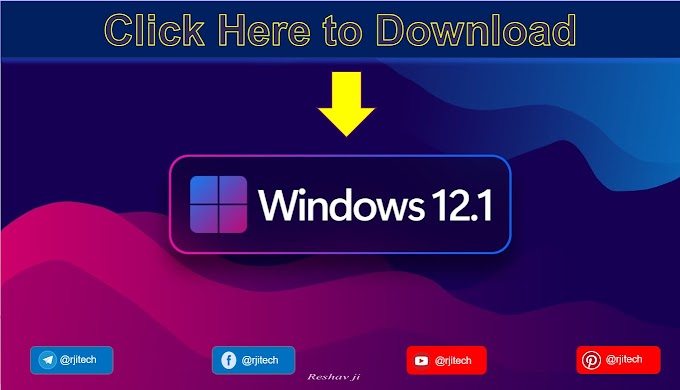Cybercriminals will stop at nothing to exploit every chance to prey on internet users.
Even the disastrous spread of SARS-COV-II (the virus), which causes COVID-19 (the disease), is becoming an opportunity for them to likewise spread malware or launch cyber attacks.
Reason Cybersecurity recently released a threat analysis report detailing a new attack that takes advantage of internet users' increased craving for information about the novel coronavirus that is wreaking havoc worldwide.
The malware attack specifically aims to target those who are looking for cartographic presentations of the spread of COVID-19 on the Internet, and trickes them to download and run a malicious application that, on its front-end, shows a map loaded from a legit online source but in the background compromises the computer.
New Threat With An Old Malware Component
The latest threat, designed to steal information from unwitting victims, was first spotted by MalwareHunterTeam last week and has now been analyzed by Shai Alfasi, a cybersecurity researcher at Reason Labs.
It involves a malware identified as AZORult, an information-stealing malicious software discovered in 2016. AZORult malware collects information stored in web browsers, particularly cookies, browsing histories, user IDs, passwords, and even cryptocurrency keys.
It involves a malware identified as AZORult, an information-stealing malicious software discovered in 2016. AZORult malware collects information stored in web browsers, particularly cookies, browsing histories, user IDs, passwords, and even cryptocurrency keys.
With these data drawn from browsers, it is possible for cybercriminals
to steal credit card numbers, login credentials, and various other
sensitive information.
AZORult is reportedly discussed in Russian underground forums as a tool for gathering sensitive data from computers. It comes with a variant that is capable of generating a hidden administrator account in infected computers to enable connections via the remote desktop protocol (RDP).
AZORult is reportedly discussed in Russian underground forums as a tool for gathering sensitive data from computers. It comes with a variant that is capable of generating a hidden administrator account in infected computers to enable connections via the remote desktop protocol (RDP).
Sample Analysis
Alfasi provides technical details upon studying the malware, which is embedded in the file, usually named as Corona-virus-Map.com.exe. It's a small Win32 EXE file with a payload size of only around 3.26 MB.
Double-clicking the file opens a window that shows various information about the spread of COVID-19. The centerpiece is a "map of infections" similar to the one hosted by Johns Hopkins University, a legitimate online source to visualize and track reported coronavirus cases in the real-time.
Numbers of confirmed cases in different countries are presented on the left side while stats on deaths and recoveries are on the right. The window appears to be interactive, with tabs for various other related information and links to sources.
It presents a convincing GUI not many would suspect to be harmful. The information presented is not an amalgamation of random data, instead is actual COVID-19 information pooled from the Johns Hopkins website.
To be noted, the original coronavirus map hosted online by Johns Hopkins University or ArcGIS is not infect or backdoored in any way and are safe to visit.
The malicious software utilizes some layers of packing along with a multi-sub-process technique infused to make it challenging for researchers to detect and analyze. Additionally, it employs a task scheduler so it can continue operating.
Double-clicking the file opens a window that shows various information about the spread of COVID-19. The centerpiece is a "map of infections" similar to the one hosted by Johns Hopkins University, a legitimate online source to visualize and track reported coronavirus cases in the real-time.
Numbers of confirmed cases in different countries are presented on the left side while stats on deaths and recoveries are on the right. The window appears to be interactive, with tabs for various other related information and links to sources.
It presents a convincing GUI not many would suspect to be harmful. The information presented is not an amalgamation of random data, instead is actual COVID-19 information pooled from the Johns Hopkins website.
To be noted, the original coronavirus map hosted online by Johns Hopkins University or ArcGIS is not infect or backdoored in any way and are safe to visit.
The malicious software utilizes some layers of packing along with a multi-sub-process technique infused to make it challenging for researchers to detect and analyze. Additionally, it employs a task scheduler so it can continue operating.







.gif)

It's a accurate report
ReplyDelete